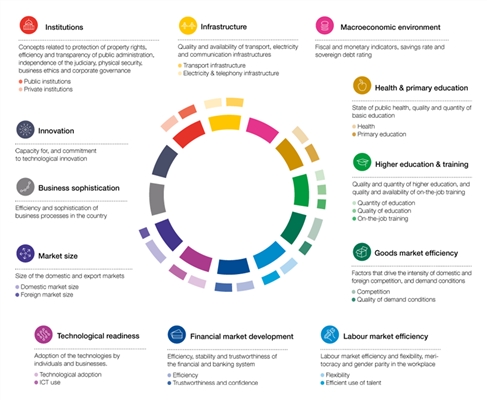With food allergies, the human immune system reacts to harmless food as if it were a threat and produces histamine and antibodies to fight it. Symptoms range from tingling in the mouth and swelling of the tongue and throat to shortness of breath, hives, vomiting, abdominal cramps, diarrhea, and a potentially fatal drop in blood pressure or shock, known as anaphylaxis.
The good news is that only a few foods cause about 90% of all allergic reactions to food. We'll consider seven most allergenic foods.
If an allergy has not spared you, use the most effective allergy medications of the third generation.
7. Shellfish, crustaceans and fish
Allergies to shellfish and crustaceans (shrimp, mussels, lobsters, scallops, crayfish, etc.) are common. In addition, many mollusks accumulate high concentrations of pathogenic microorganisms during their life, which they will then pass on to the lucky ones who have tasted, for example, raw oysters. Some people may even respond to fumes from cooking clams for food.
People who are allergic to one type of fish (such as cod) often react to other fish, such as hake and mackerel. This is because the allergens in these fish are very similar.
Alas, even if you cook or fry the fish, it will not save it from allergens.
6. Fruits and vegetables
Allergic reactions to fruits and vegetables usually do not cause serious health problems. But they cause itching or rash in the place where the food comes into contact with the lips and mouth. This is called oral allergy syndrome.
Heat treatment can destroy a number of allergens in most fruits and vegetables. But here’s what to cook celery, what not to cook - allergens cannot be corroded from it.
5. Eggs
Egg allergy is more common in childhood, and about half of the children outgrow it after three years of age. In rare cases, an egg allergy can lead to anaphylaxis. Three allergens are present in egg protein: ovomukoid, ovalbumin and conalbumin.
How to get rid of them? Boil the hard boiled egg. However, this does not guarantee an absolute result. In addition, there are people with allergies to boiled eggs.
4. Cow's milk
The top 7 of the most dangerous foods for allergy sufferers also includes milk loved by many people. An allergy to it is caused by a reaction to substances such as casein, alpha-lactalbumin, lipoproteins and a whey protein called beta-lactoglobulin. Scientists from New Zealand have already genetically “improved” the cow, which currently produces milk with a low content of beta-lactoglobulin.
Symptoms of a milk allergy may include rash, diarrhea, vomiting, stomach cramps, and difficulty breathing.
Those who are covered with a rash of milk can hardly be cured with the help of medicines. It is necessary to completely exclude milk-containing products from the diet.
3. Meat
People who are allergic to meat can experience discomfort by tasting beef, lamb, pork, or chicken.
And meat-containing products, such as sausages and pastes, sometimes contain other allergenic ingredients, in particular dairy products or flavor enhancers.
Heat treatment destroys some of the allergens found in meat, but some people still get a rash after eating well-done, stewed or cooked meat.
2. Wheat
An allergy to it is common among children. One of the main allergens found in wheat is a protein called gliadin, which is found in gluten. Because of this, people who are allergic to wheat are sometimes advised to go on a gluten-free diet.
1. Nuts
Top-7 most dangerous foods for allergy sufferers are headed by delicious but not healthy nuts for everyone. Walnuts, hazelnuts, almonds, pecans, Brazil nuts, pine nuts, macadamia and cashews are most likely to cause allergic reactions. In rare cases, all of these nuts can cause anaphylaxis. Sometimes people allergic to one type of nut will also respond to other nuts. So if you have a nutty allergy, be very careful and avoid not only nuts, but also unrefined (raw) peanut butter.












